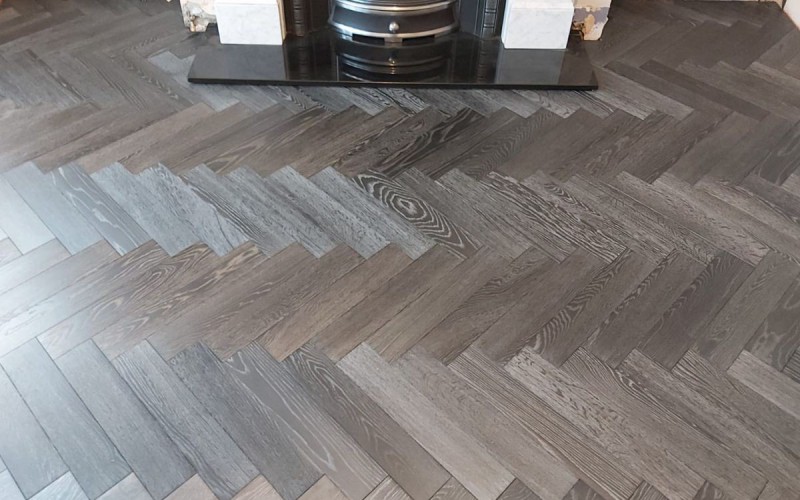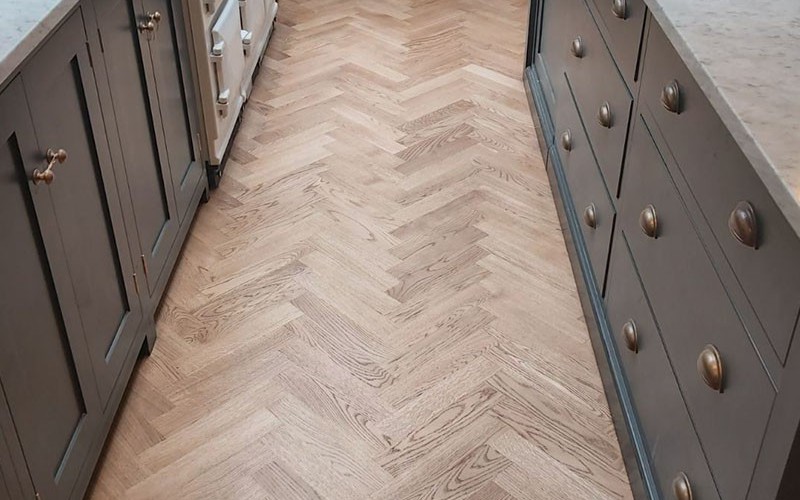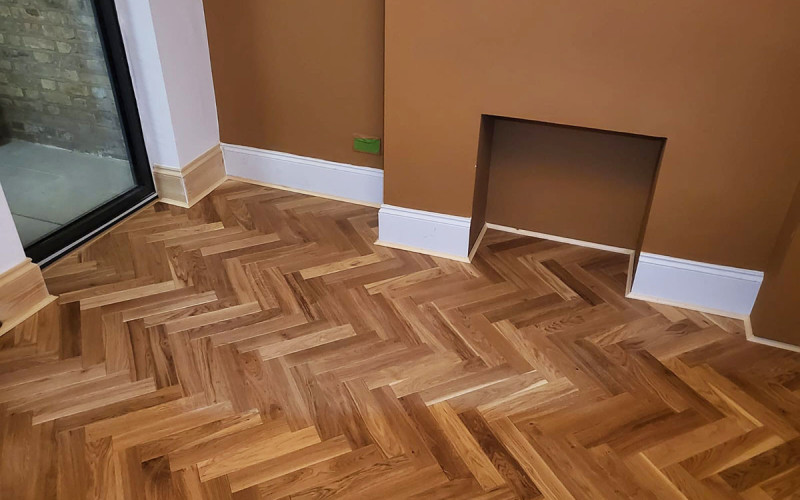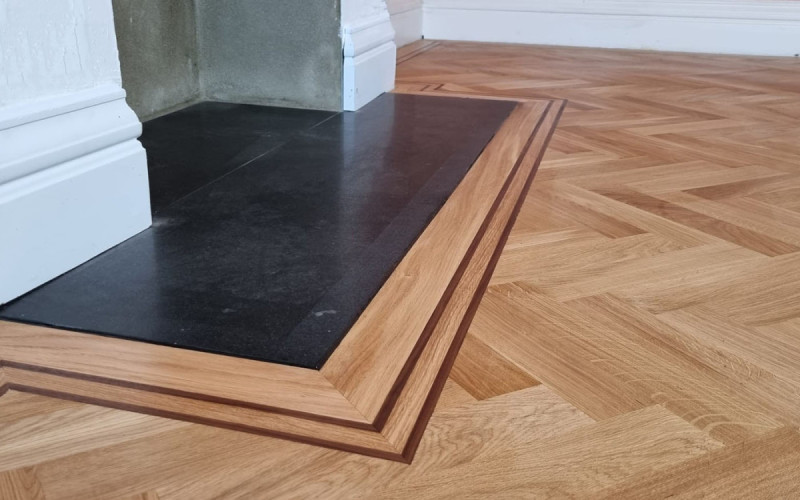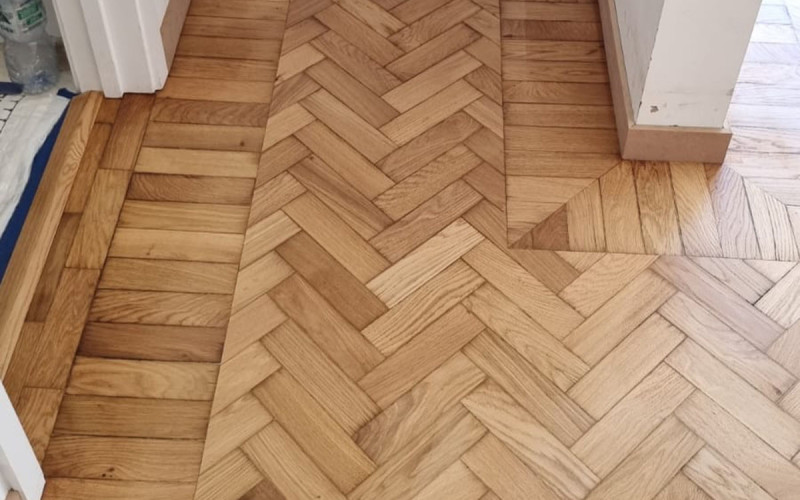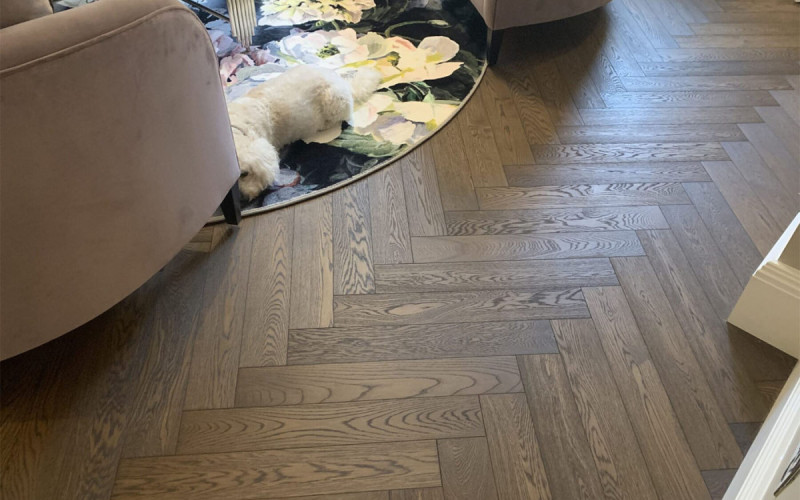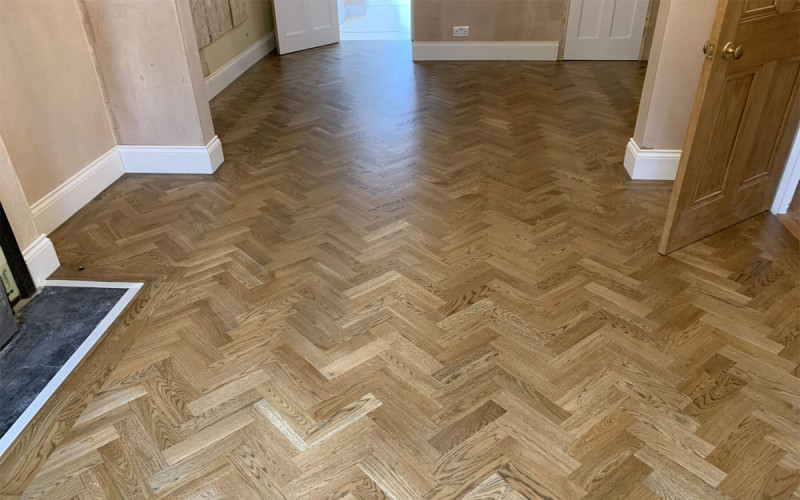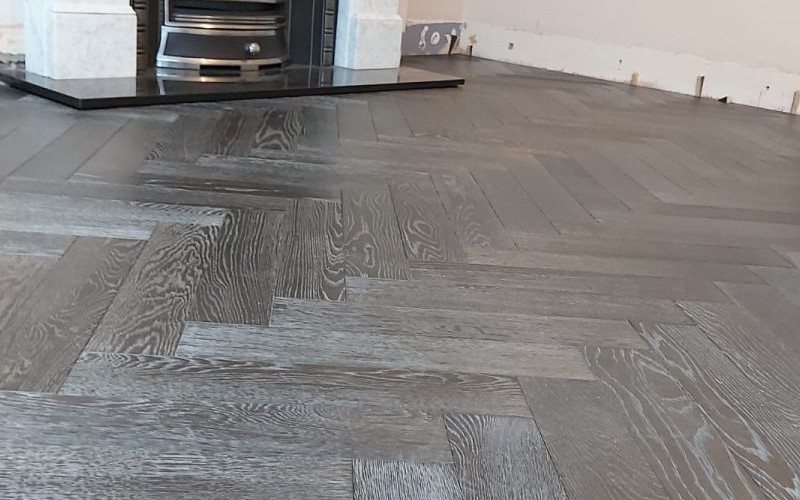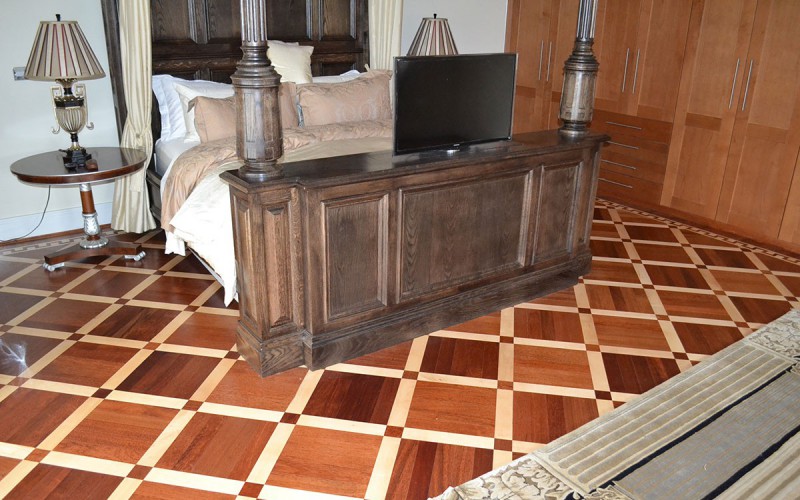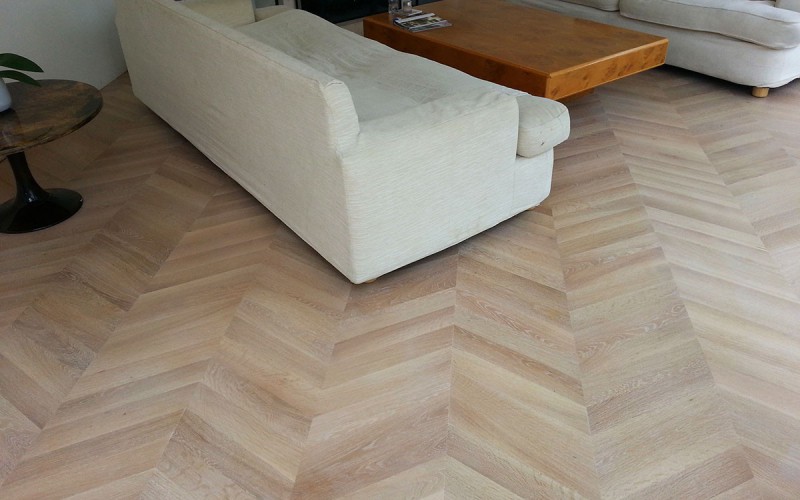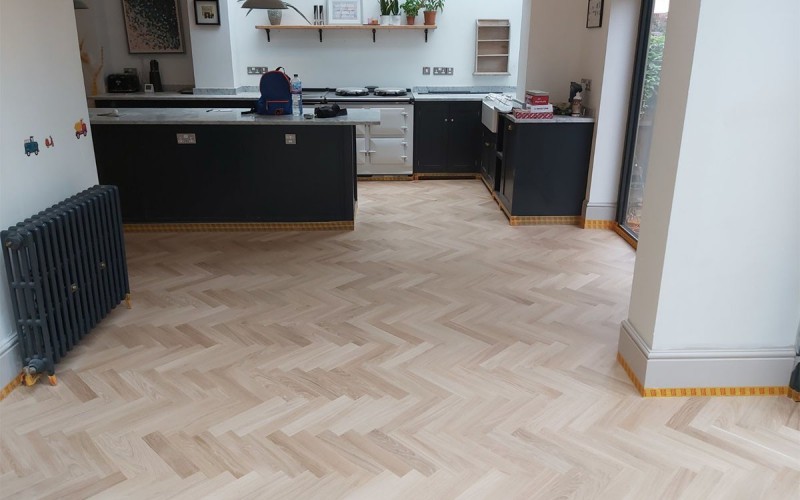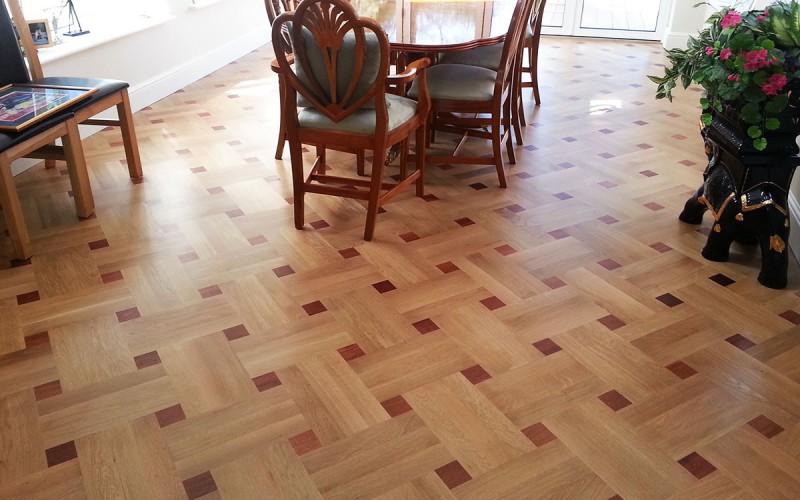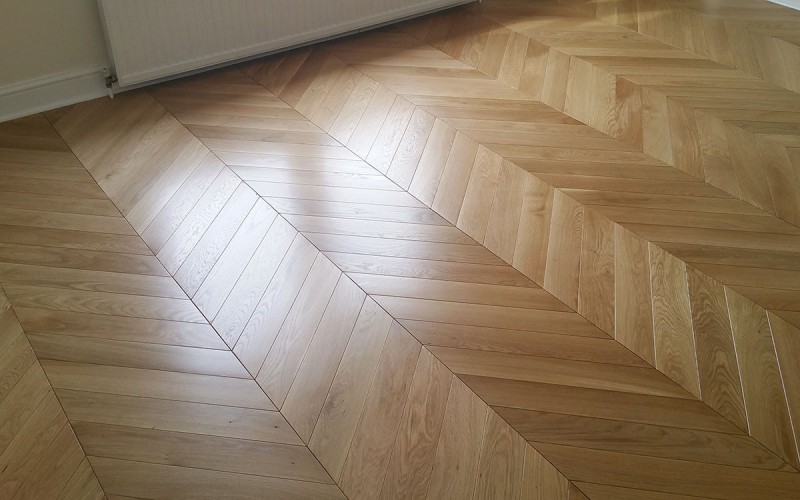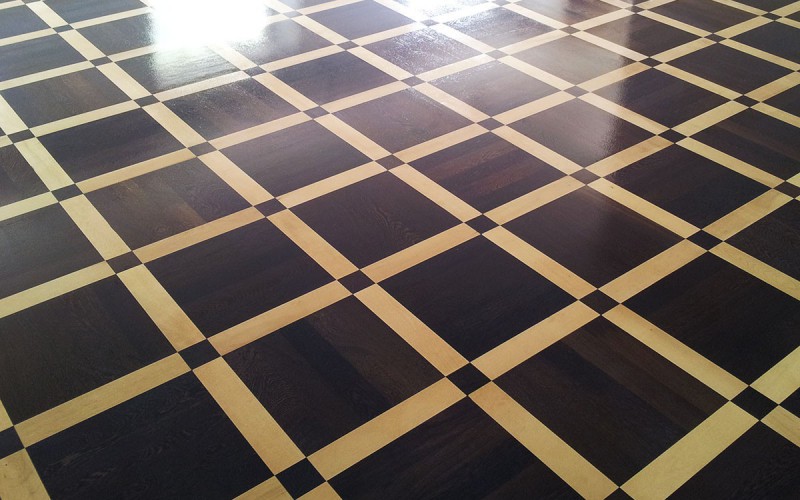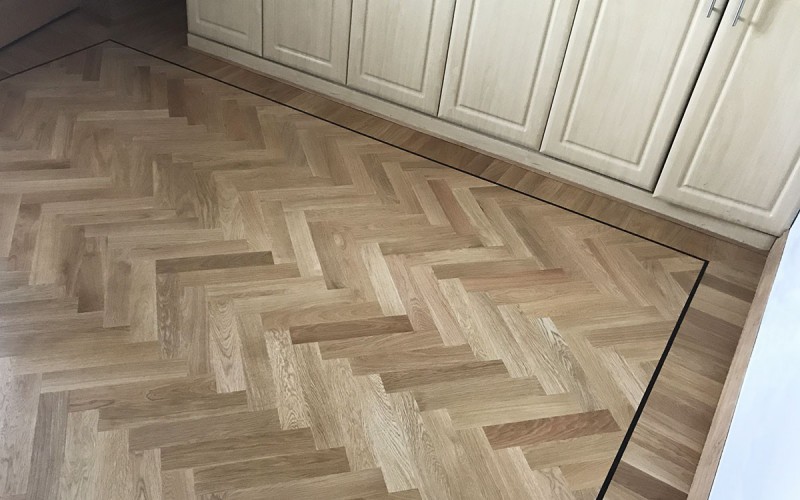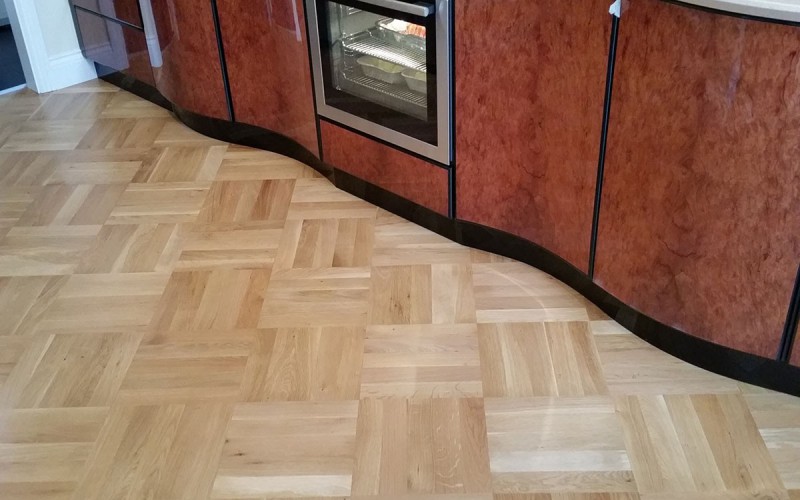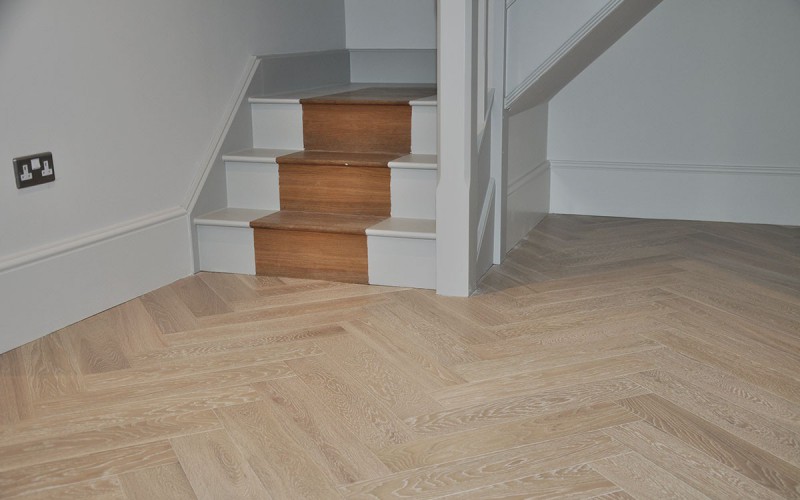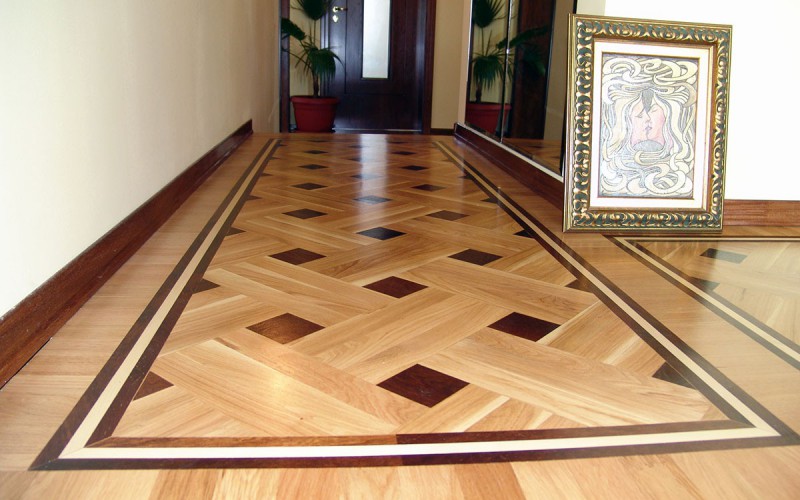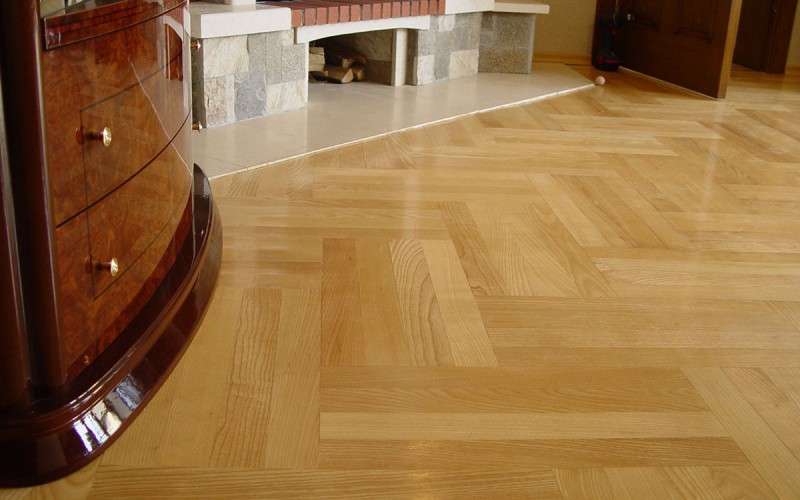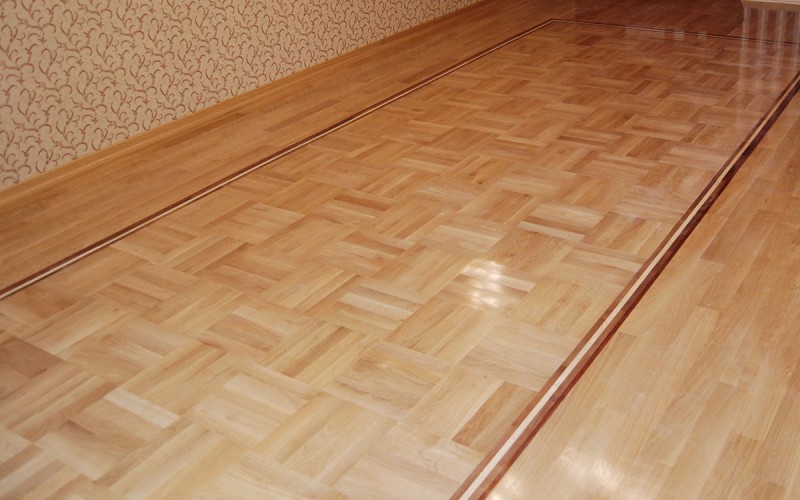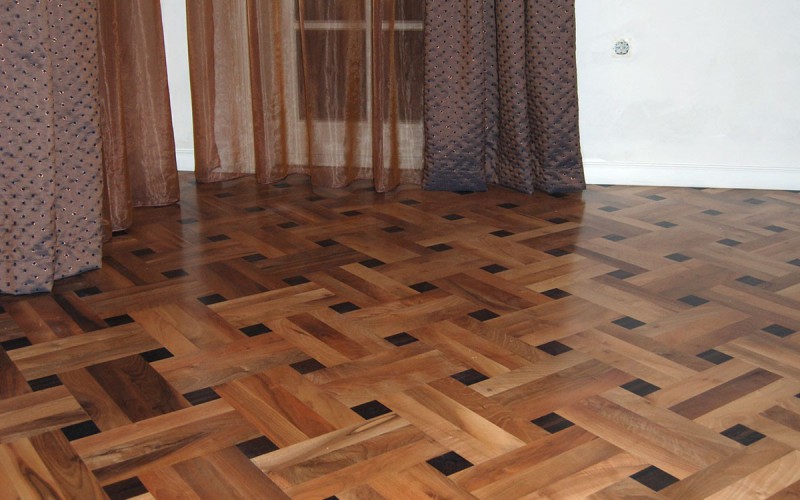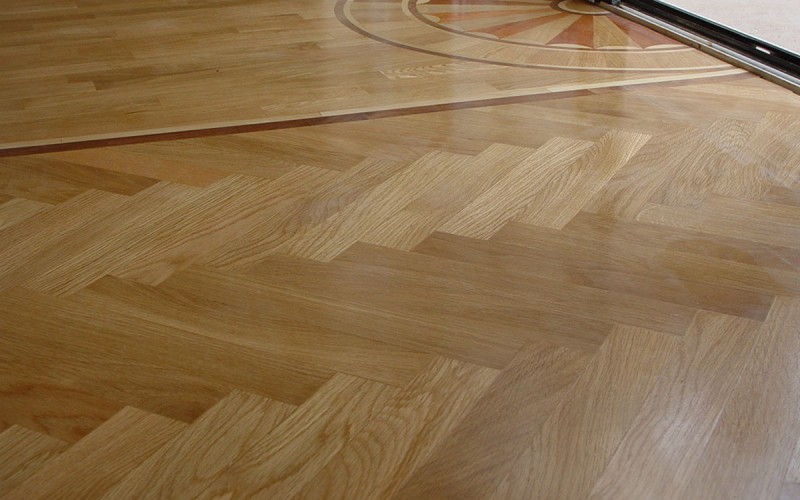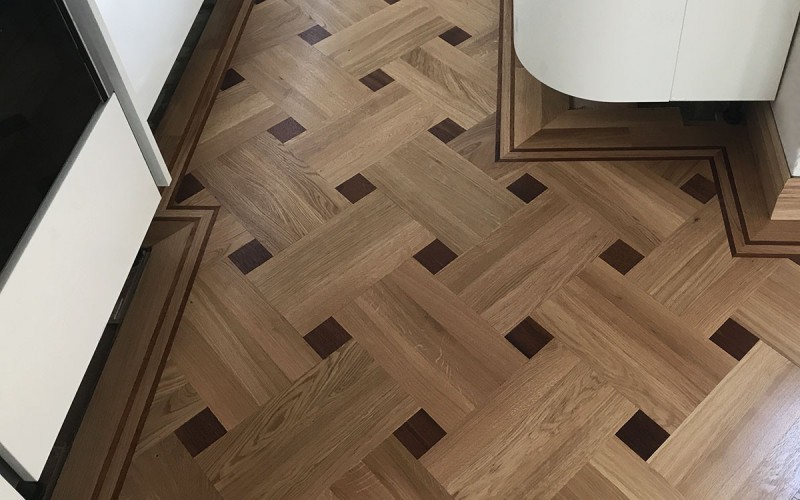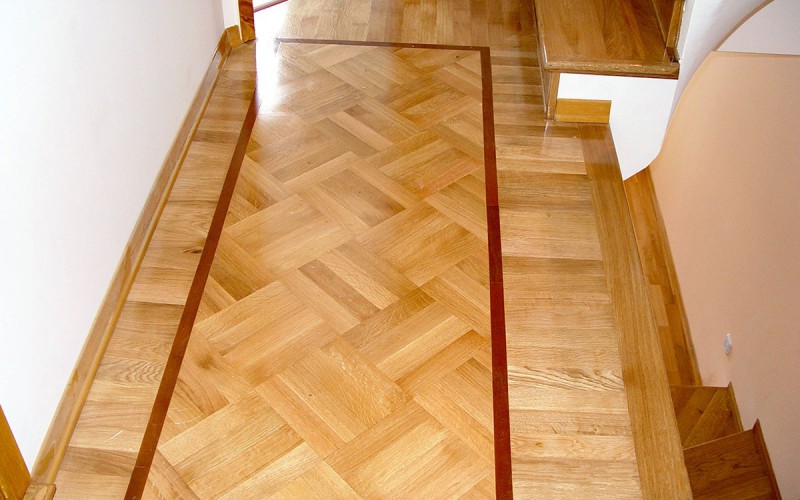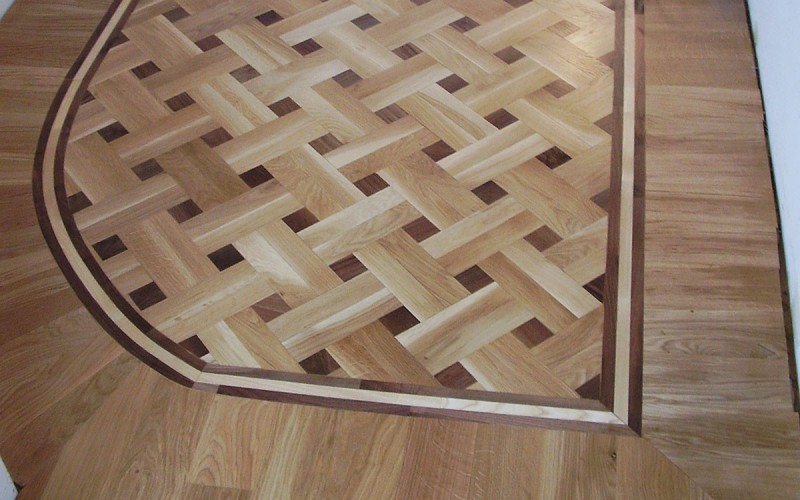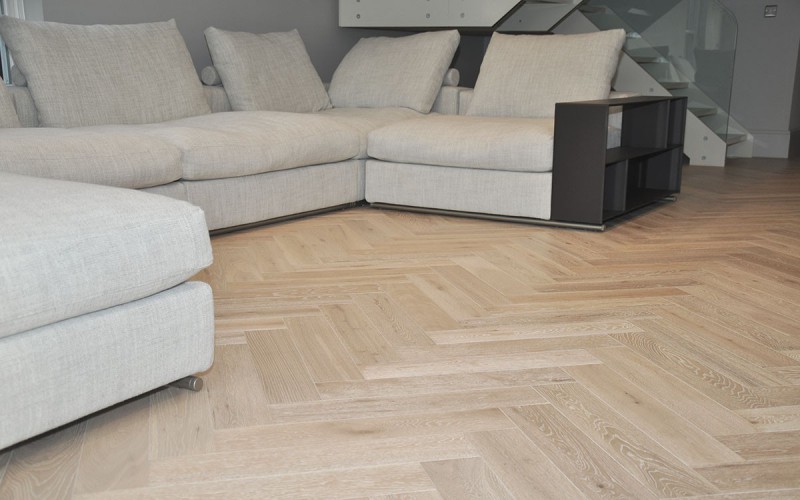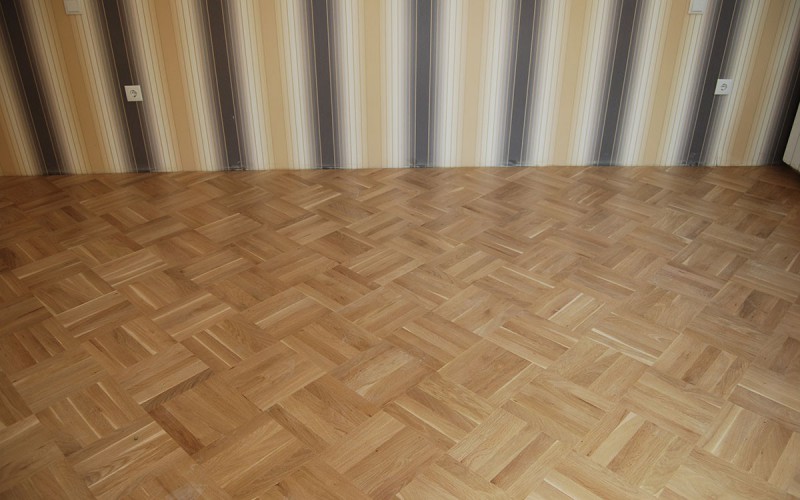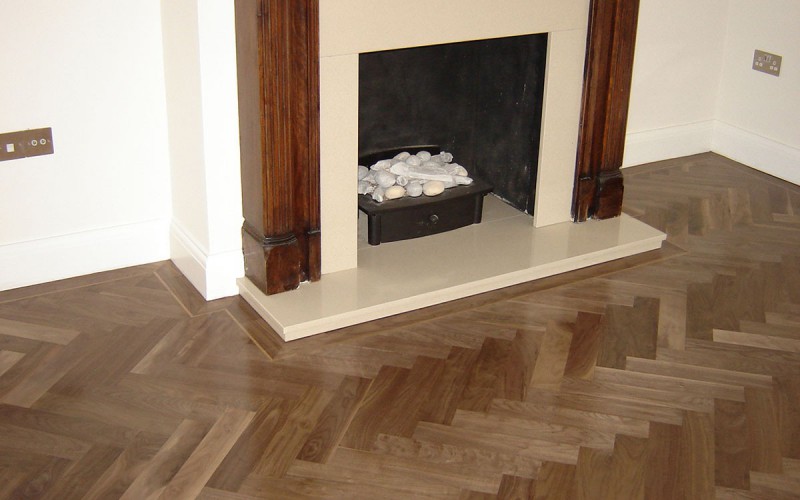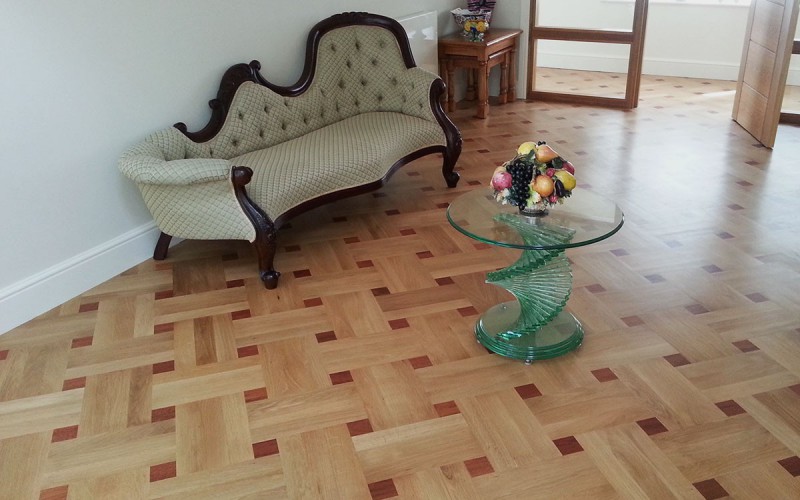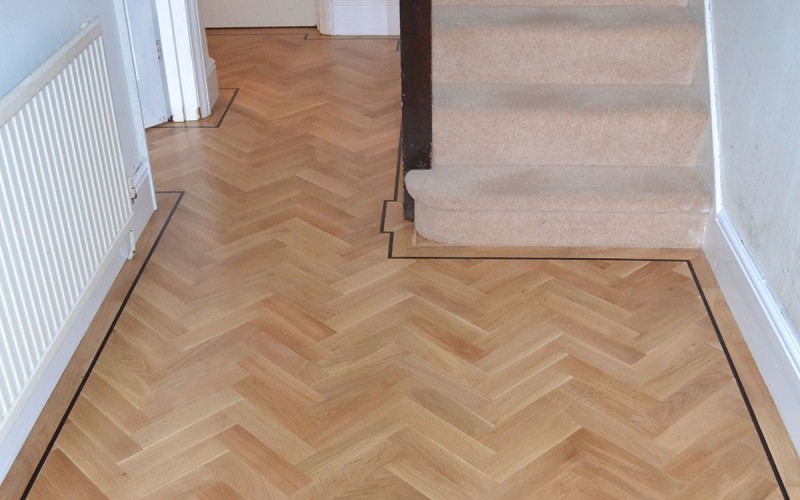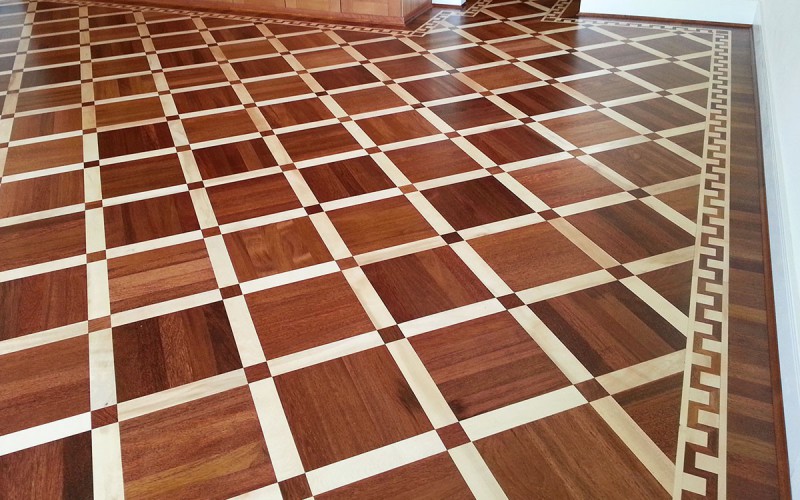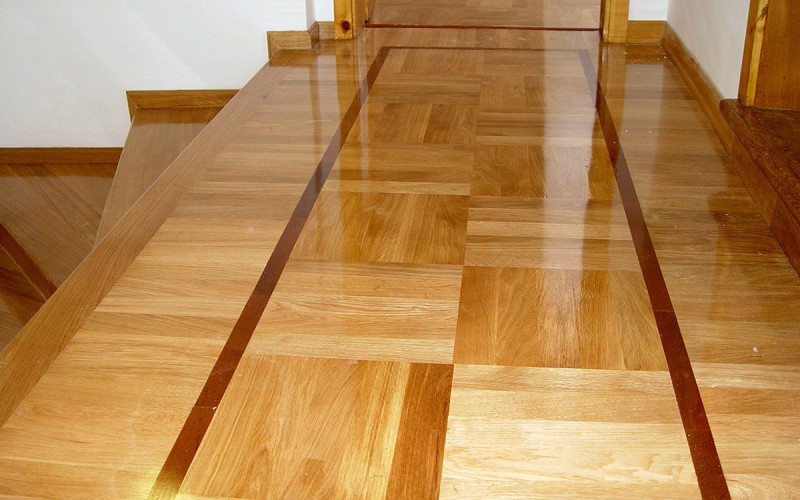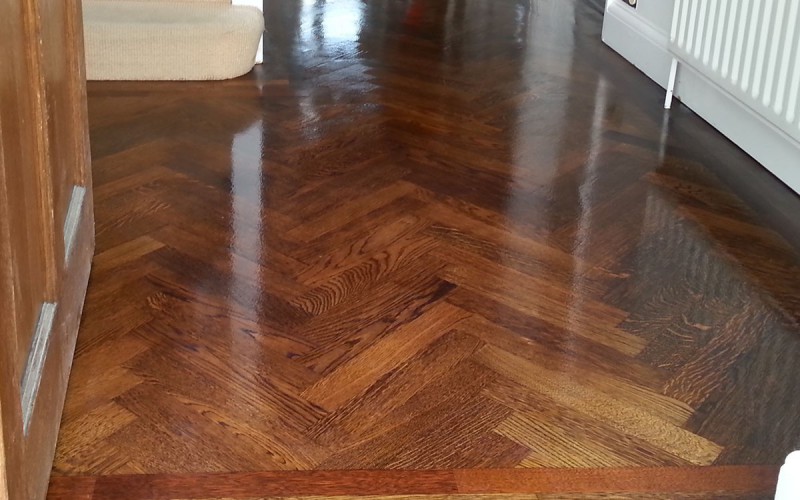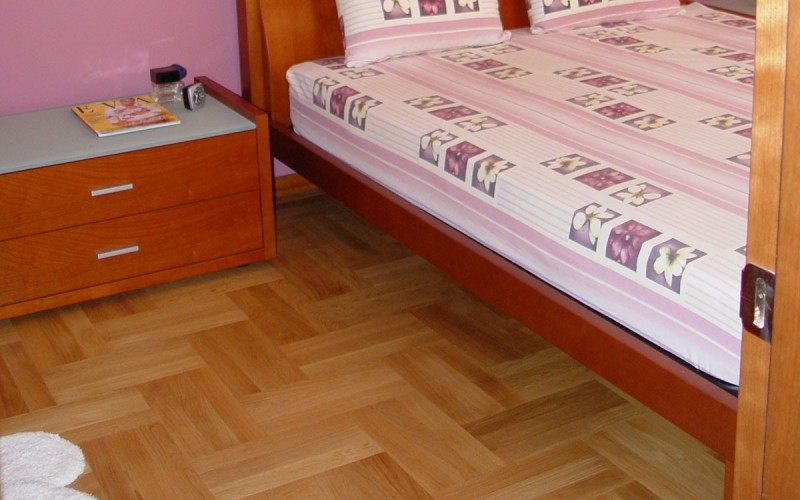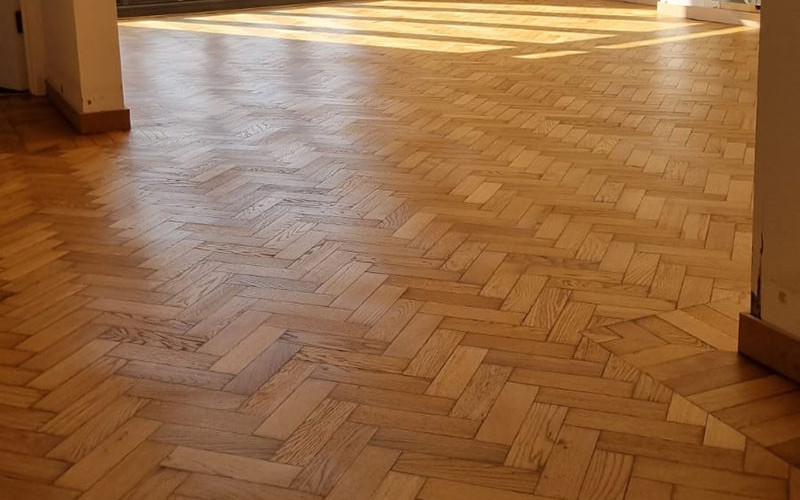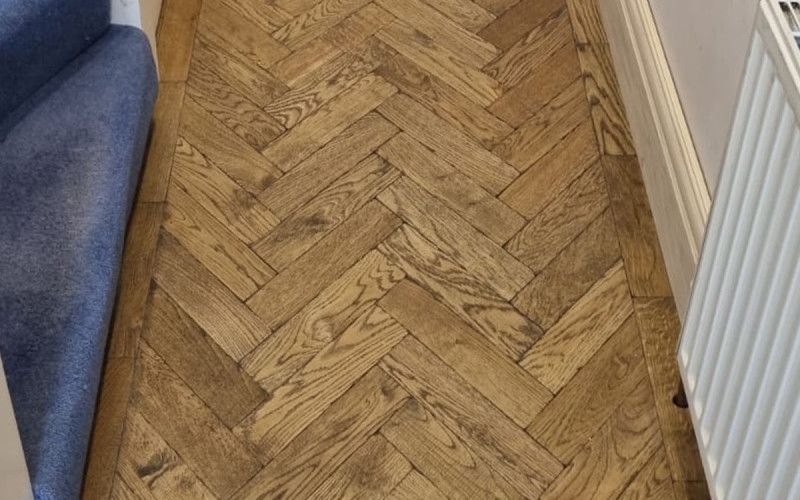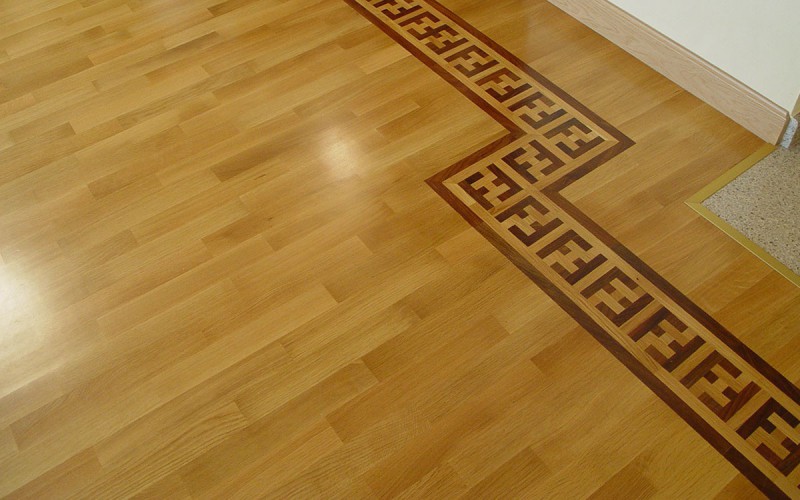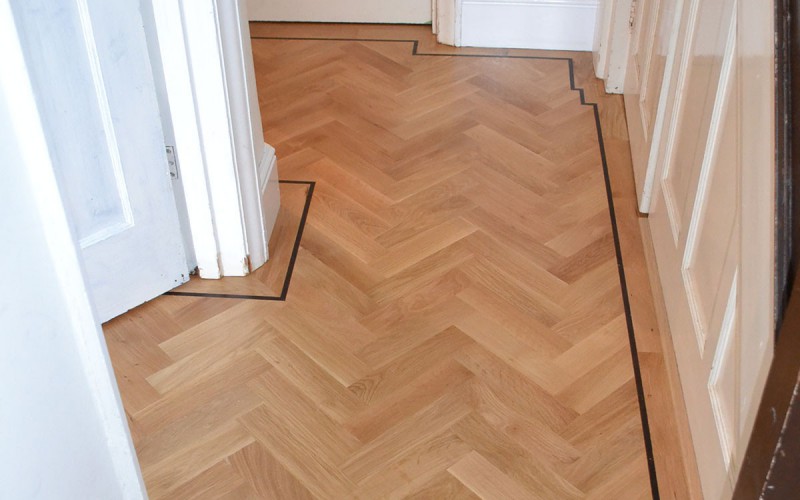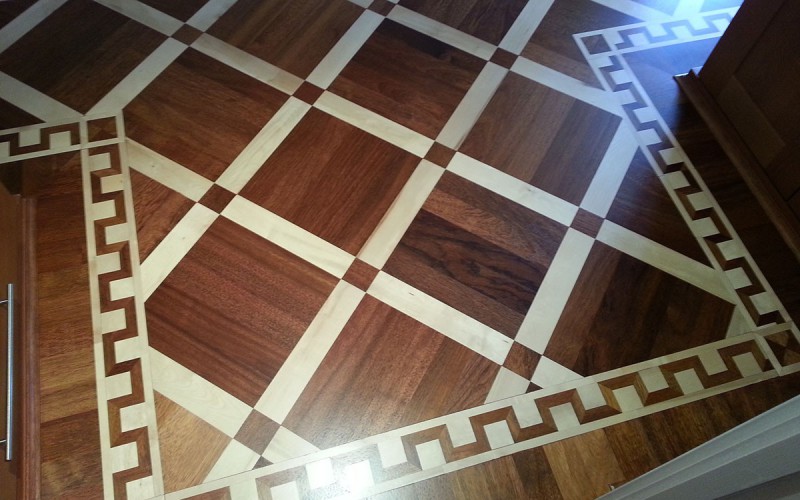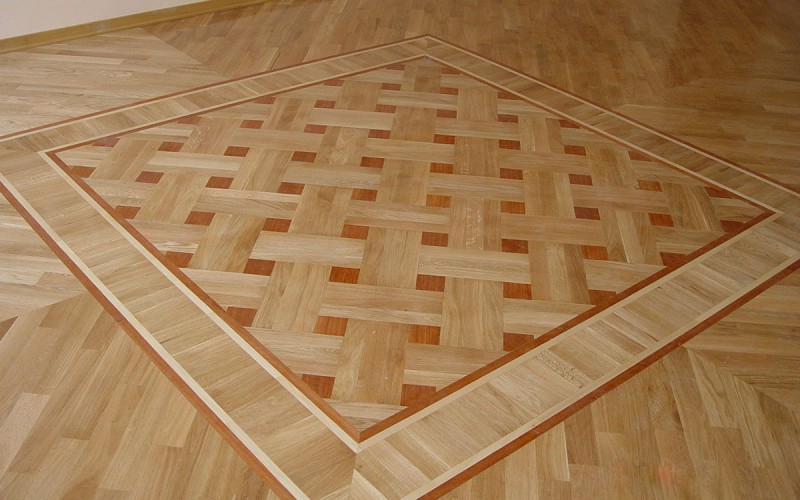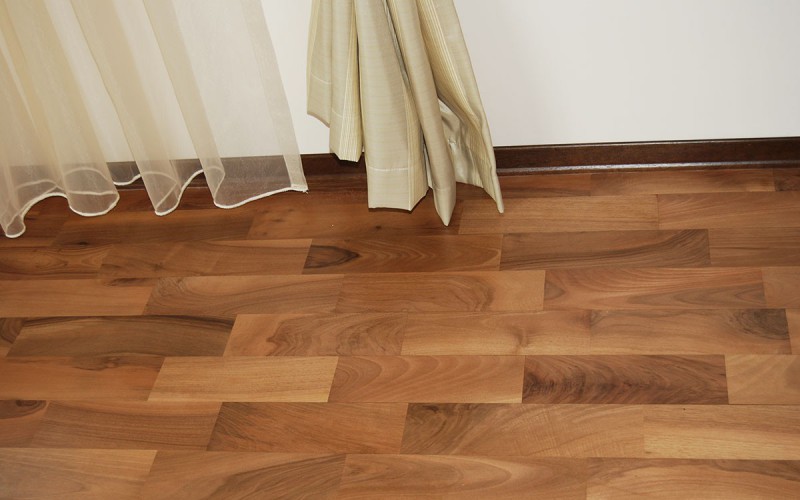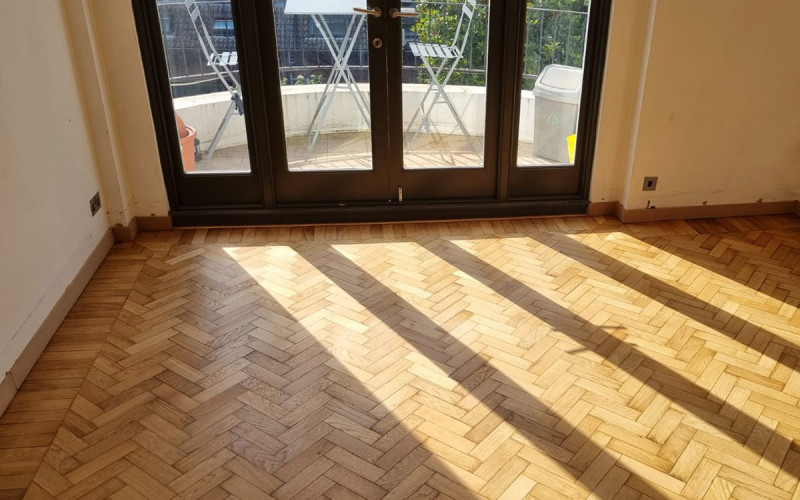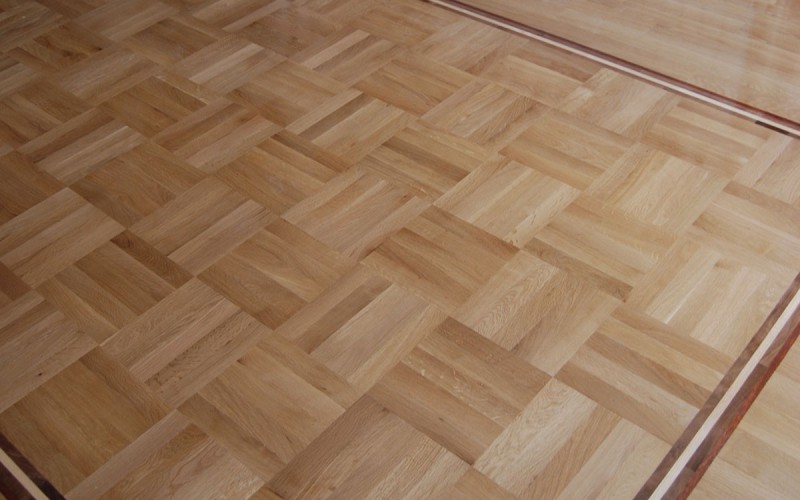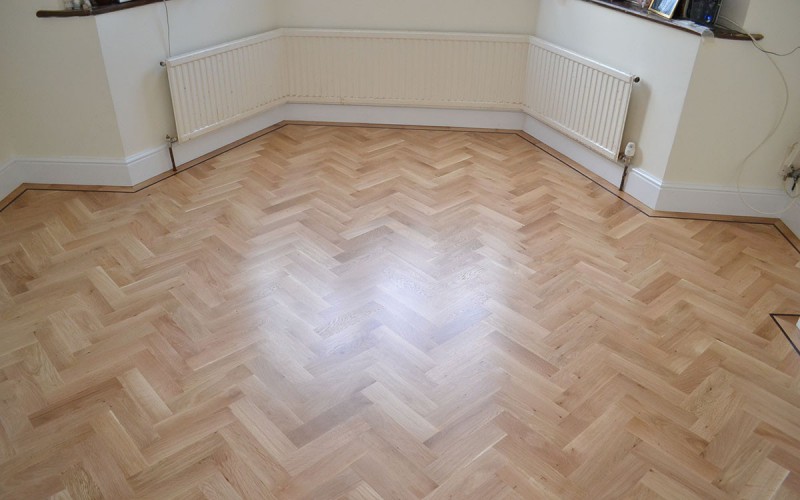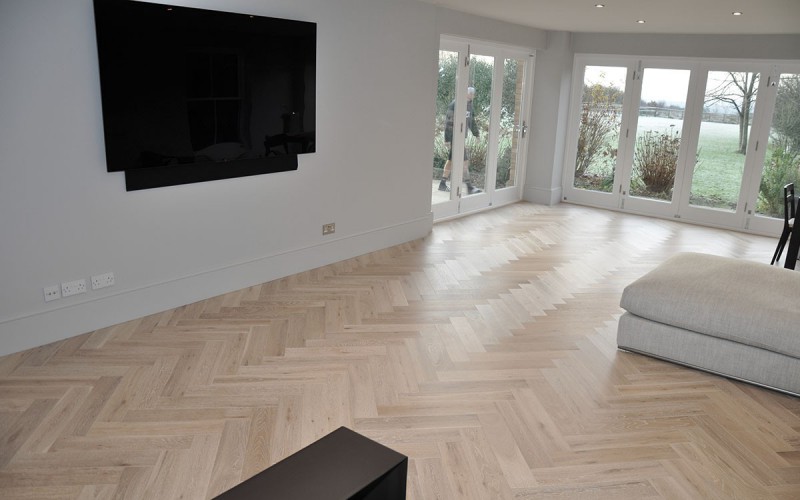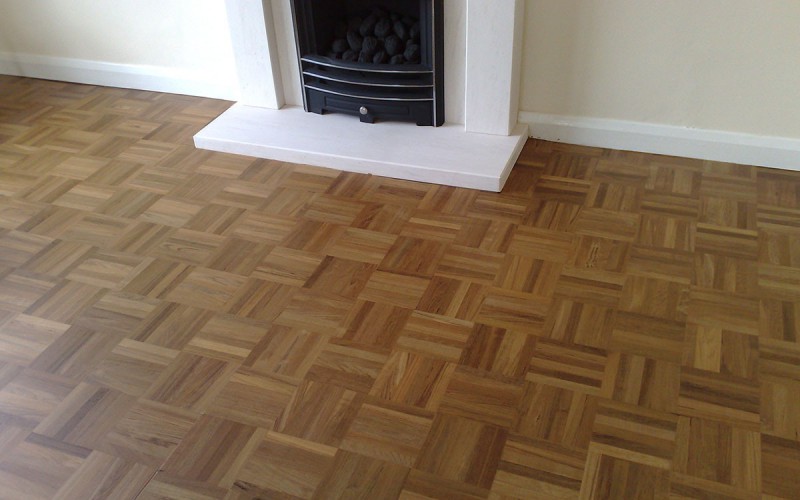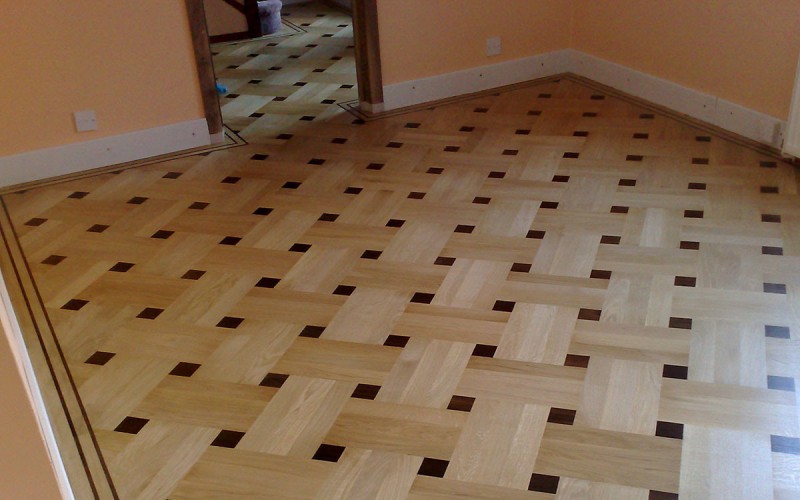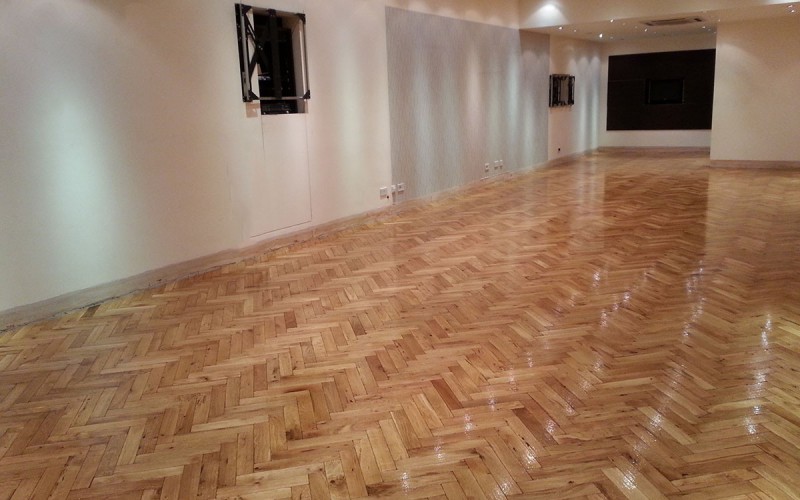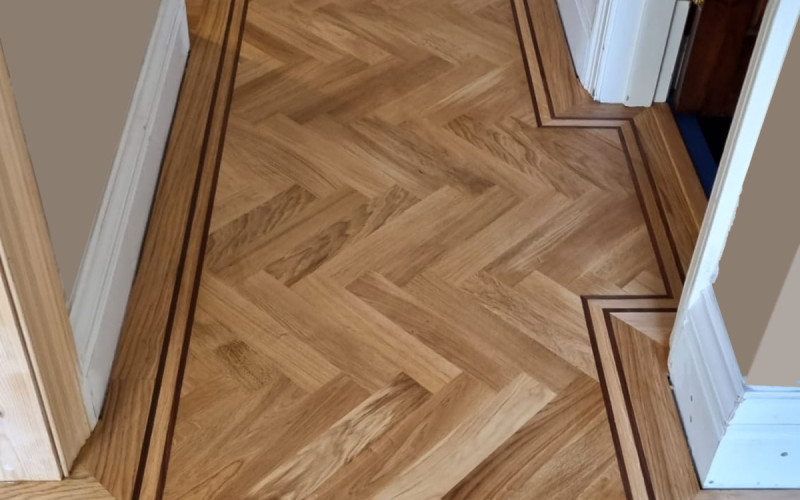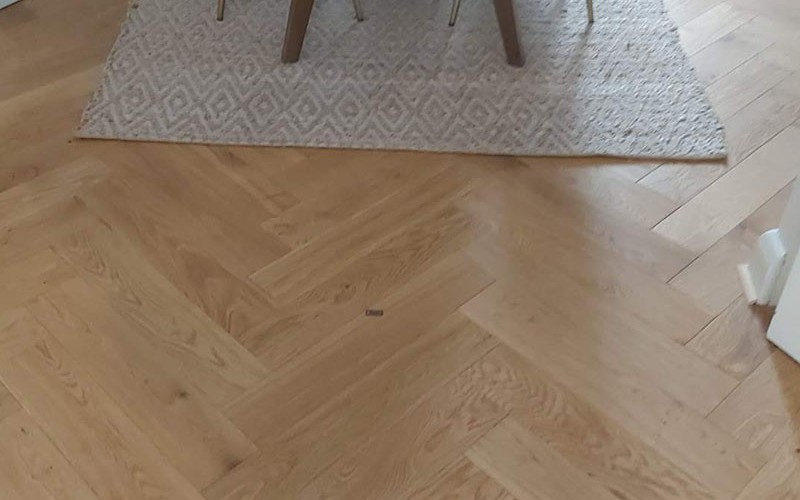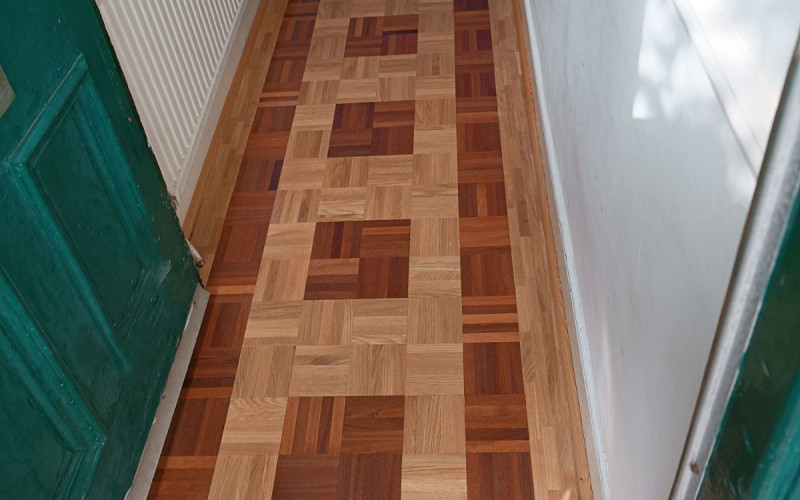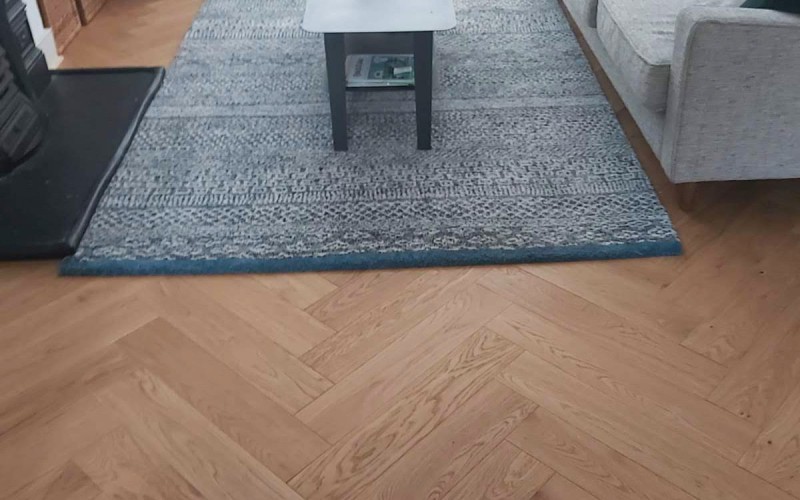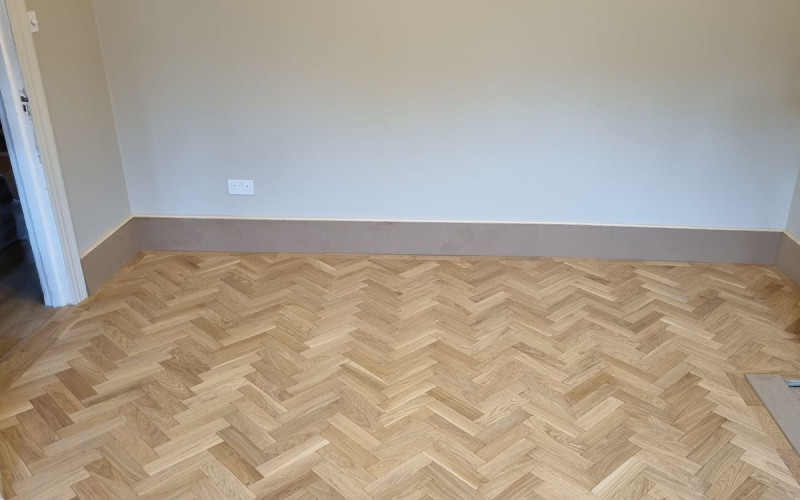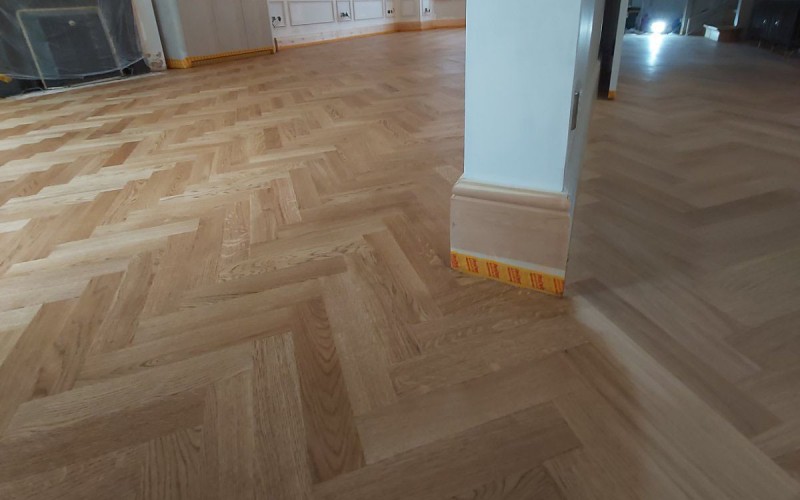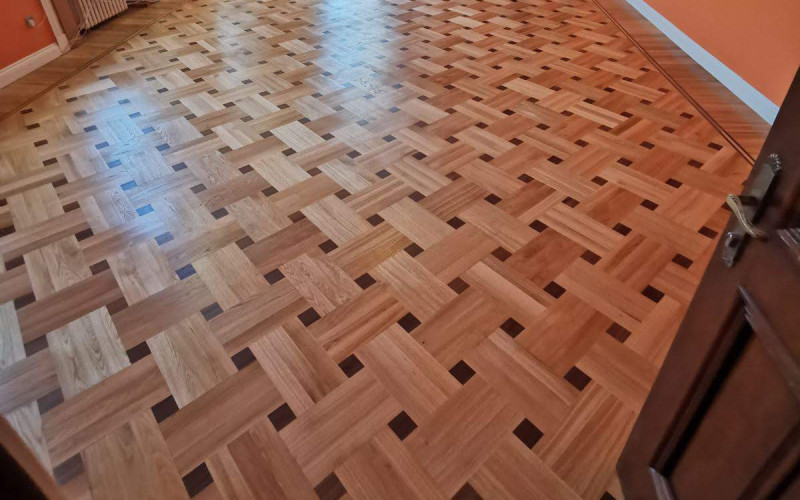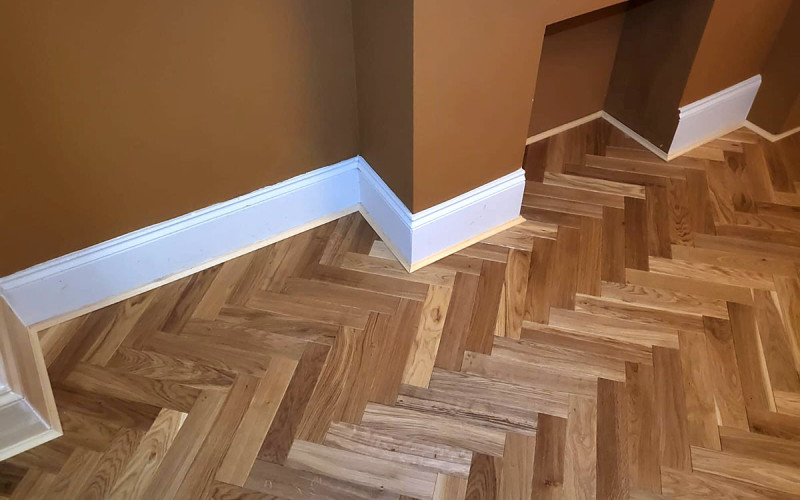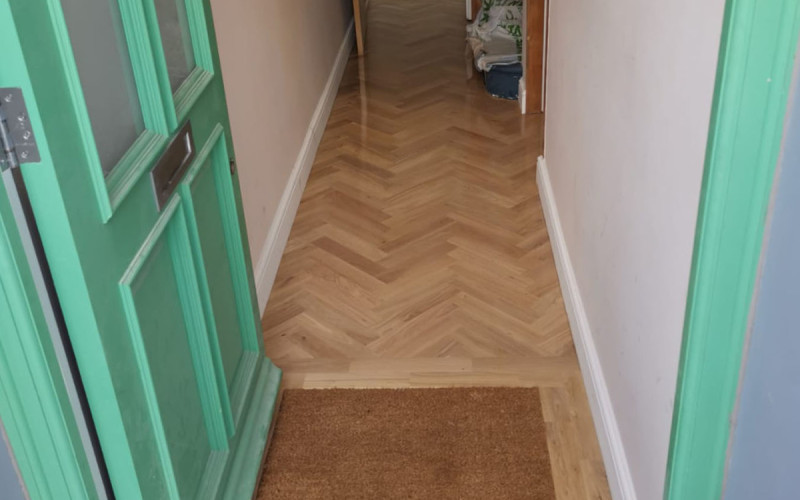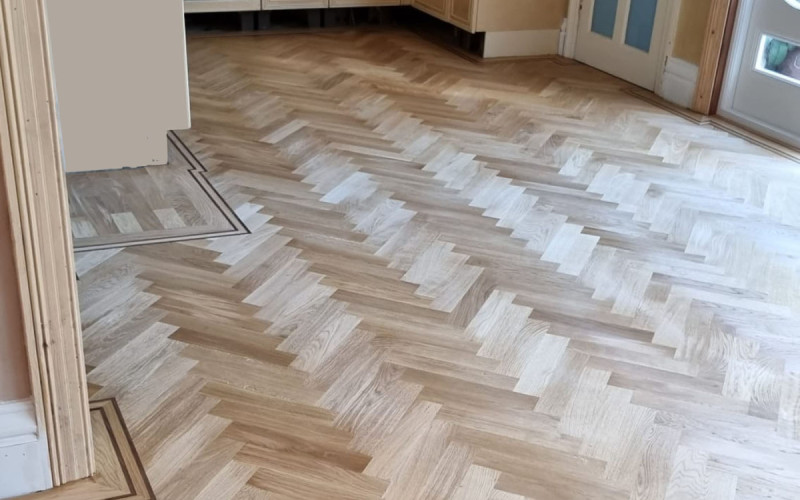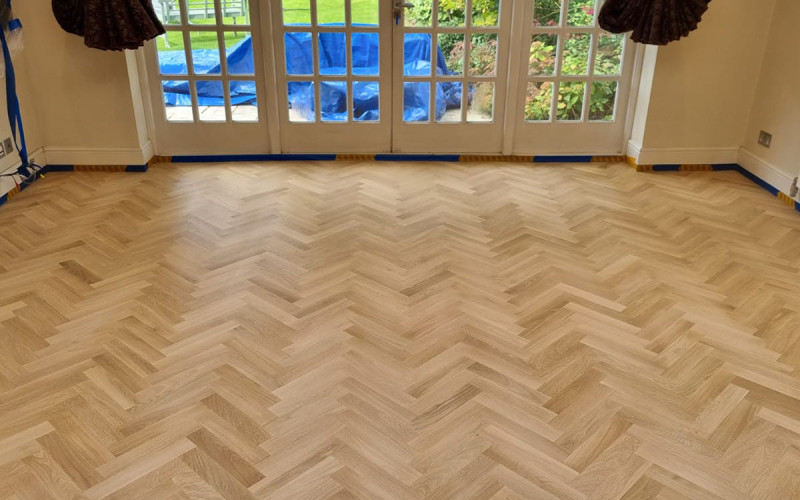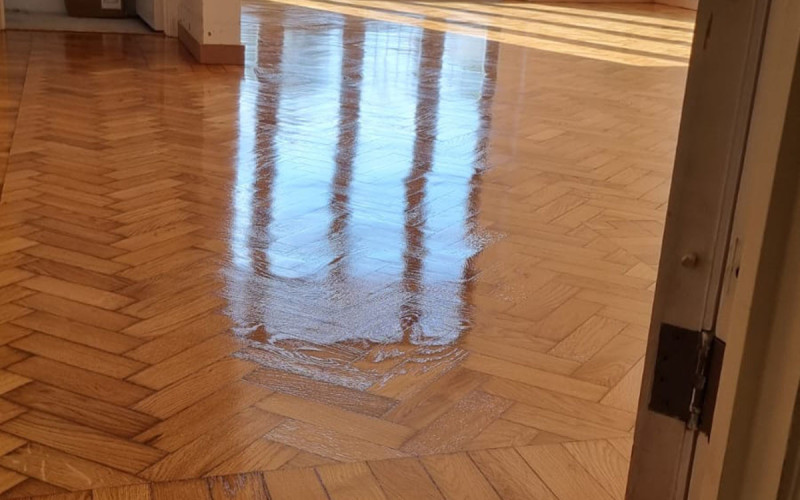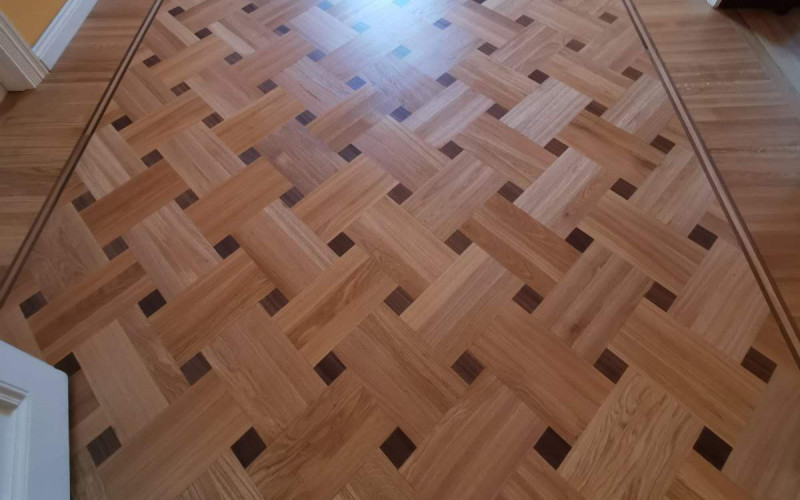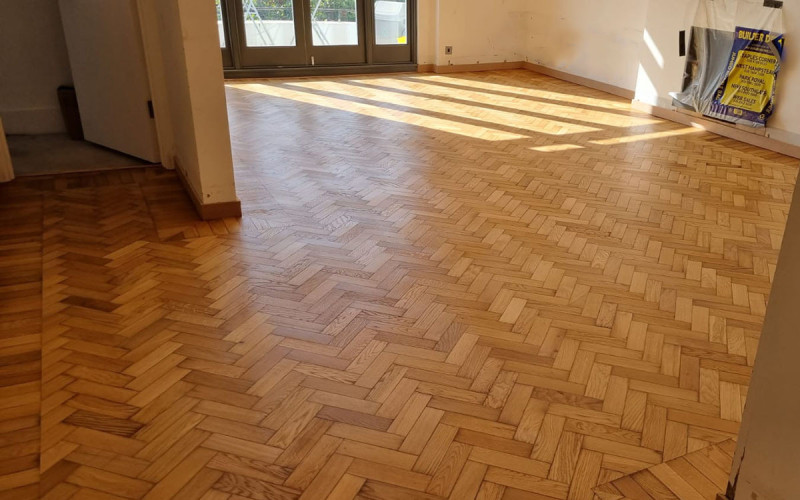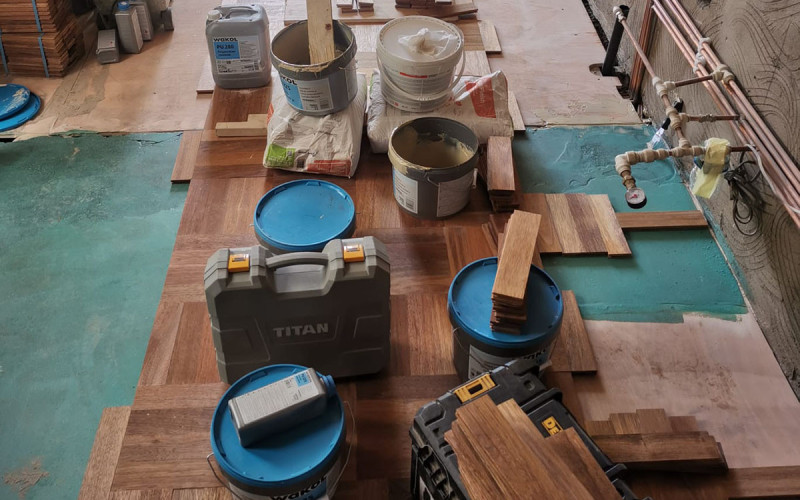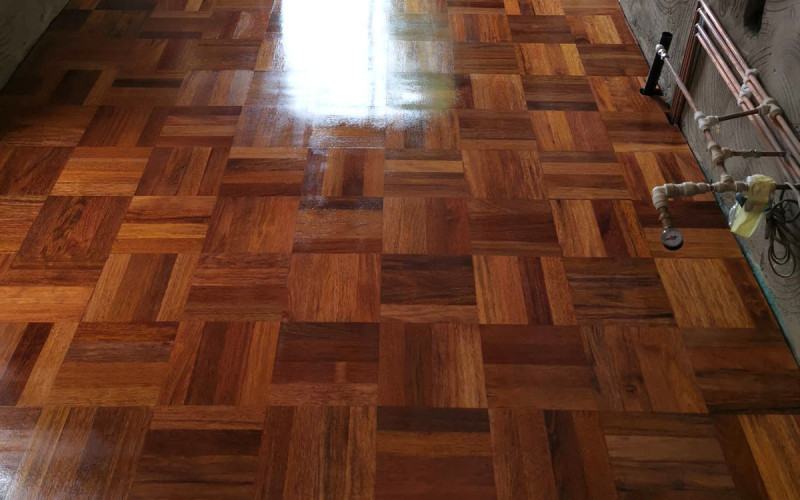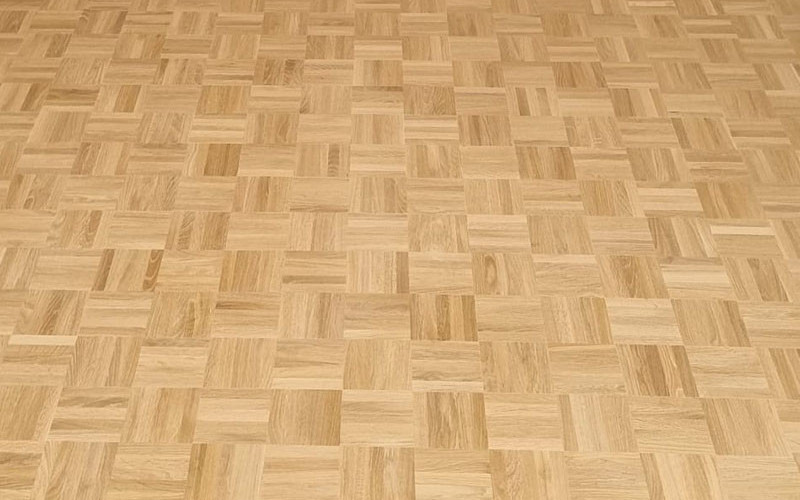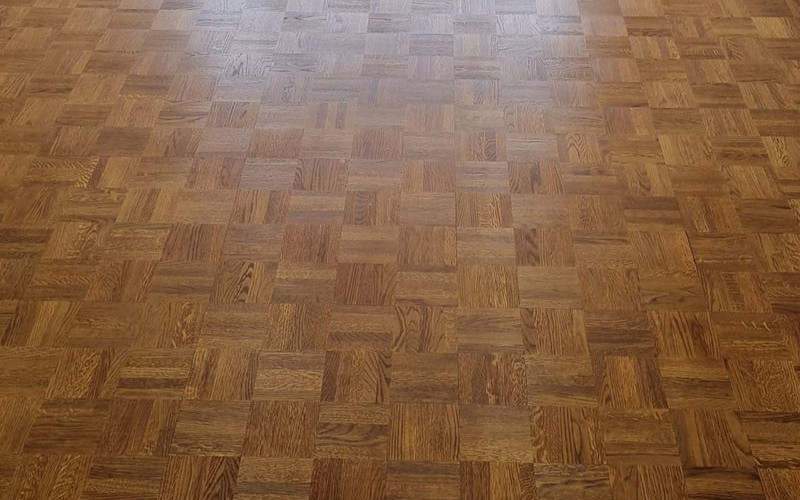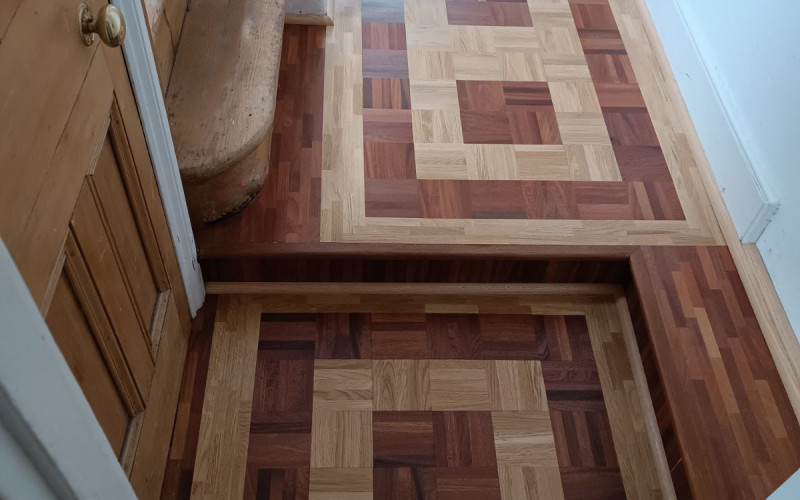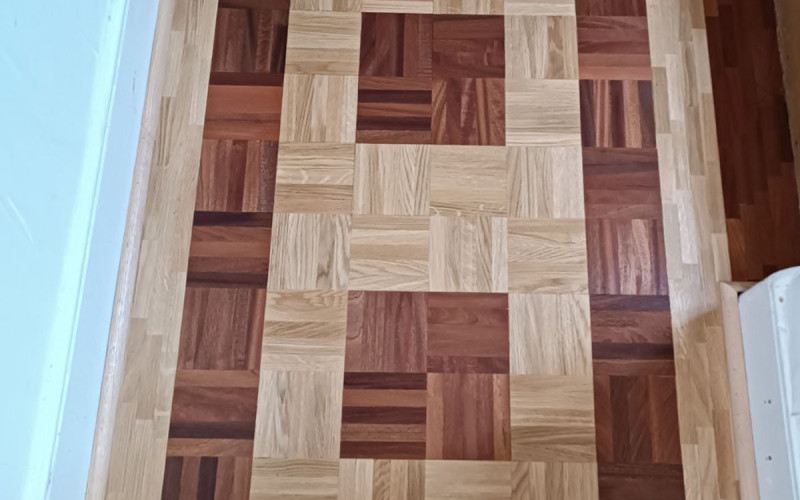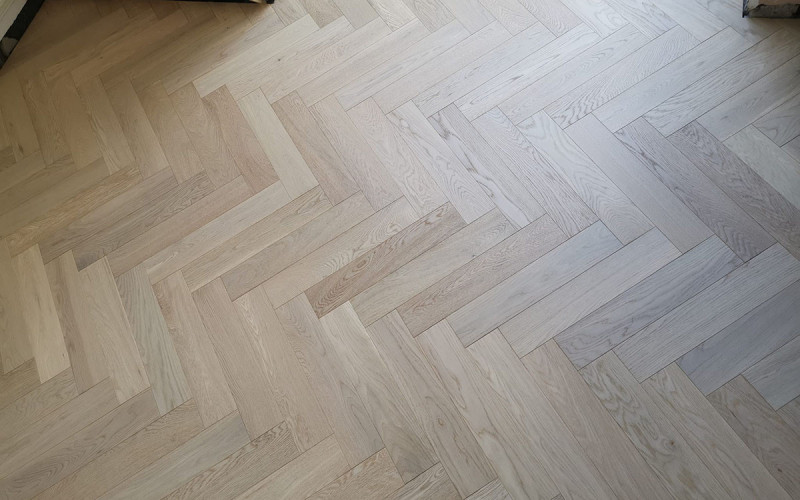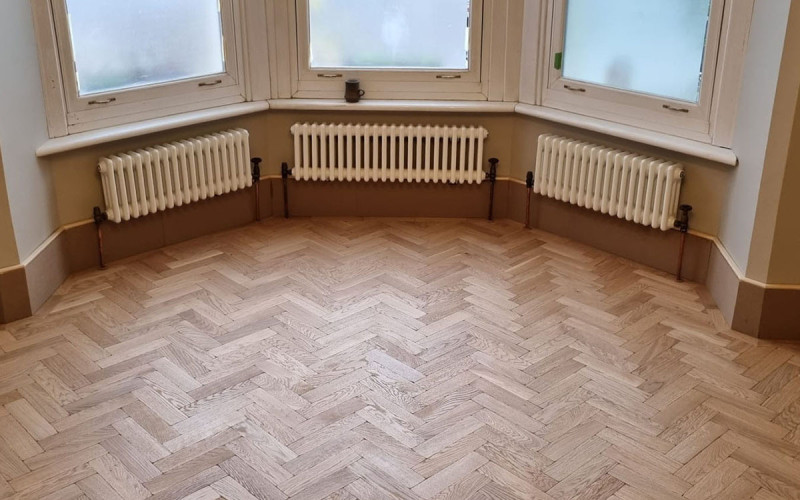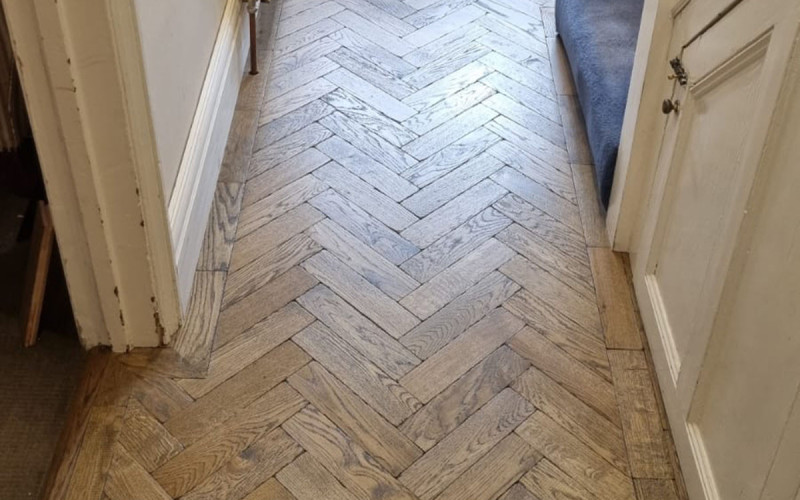




Why preparation work is so important when installing Parquet Flooring
Parquet flooring is a timeless and elegant flooring option that has been popular for centuries. Its unique patterns and designs make it a favourite among homeowners and interior designers. However, installing parquet flooring requires proper preparation work to ensure a flawless finish and longevity. Let’s explore what does it exactly mean and why it is so important to do it.
What is Parquet flooring
Firstly, let's understand what parquet flooring is. Parquet flooring is made up of small pieces of wood that are arranged in a specific pattern to create a decorative effect. It can be made from a variety of wood types, including oak, maple, and walnut, and can be finished in different ways, such as staining or lacquering. Parquet flooring comes in different sizes and patterns, such as herringbone, chevron, and basketweave.
Herringbone Parquet
.jpg)
Chevron Parquet
.jpg)
Basket Weave
.jpg)
Dutch Parquet
.jpg)
Checking the base
Now, why is preparation work so important when installing parquet flooring? The answer is simple: preparation work ensures that the sub-floor is level, stable, and dry before installation. This is essential to prevent the parquet flooring from warping, cracking, or lifting over time. Preparation work also helps to identify any potential problems with the sub-floor that need to be addressed before installation. This would include:
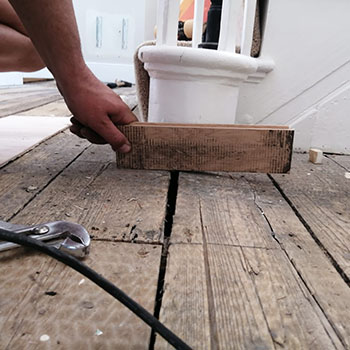 Uneven sub-floor:
Uneven sub-floor:
An uneven sub-floor can cause the parquet flooring to become warped or uneven over time. It is important to check for any dips, bumps or lumps in the sub-floor and to level the surface using a self-levelling compound before installation.
Moisture:
Moisture is a common problem with concrete sub-floors, and it can cause the parquet flooring to buckle or warp. Before installation, it is important to test the sub-floor for moisture and apply a damp-proofing membrane if necessary.
Movement:
As mentioned earlier, floorboards have a natural tendency to expand and contract due to changes in humidity and temperature. This movement can cause the parquet flooring to warp or buckle if installed directly on top. It is important to install plywood on top of the floorboards to create a solid and stable base.
Adhesive residue:
If the sub-floor has been previously covered with another type of flooring, there may be adhesive residue that needs to be removed before installation. Failure to remove the adhesive residue can affect the bond between the parquet flooring and the sub-floor.
Sub-floor damage:
Before installation, it is important to inspect the sub-floor for any damage such as cracks, holes, or rot. Any damage should be repaired or replaced before installation to ensure a solid and stable base for the parquet flooring.
Type of the preparation work, depending on the sub-floor
The type of preparation work required depends on the actual sub-floor. If the sub-floor is floorboards, the first step is to ensure that they are fixed securely and do not creak. Any loose or damaged floorboards should be replaced. If the sub-floor is concrete, it should be levelled using a self-levelling compound to create a smooth surface. The sub-floor should also be clean and free from any debris, such as dust or dirt.
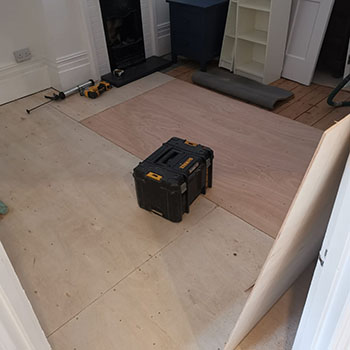 Floorboards subfloor
Floorboards subfloor
When installing parquet flooring on top of floorboards, it is necessary to install plywood first to create a solid and stable base for the new parquet. Floorboards are made of solid timber material, which has a natural tendency to expand and contract due to changes in humidity and temperature. This movement can cause the parquet flooring to warp or buckle if installed directly on top. By installing plywood, the floor will be more stable, and the parquet will not be affected by the movement of the floorboards. It is important to ensure that the plywood is securely fastened to the floorboards and that the seams are properly taped to prevent any movement.
Another important point is that the floor boards need to be relatively levelled and flat. If the deviation of the sub-floor is too large, which could be observed in many old properties, it is recommended such unevenness to be addressed prior installing the parquet flooring. In order to achieve top job, sometimes it is recommended the floorboards to be completely removed and the joists underneath levelled. Once this is done to install structural plywood directly onto the joists. This will provide the levelled and stable surface for the new parquet flooring.
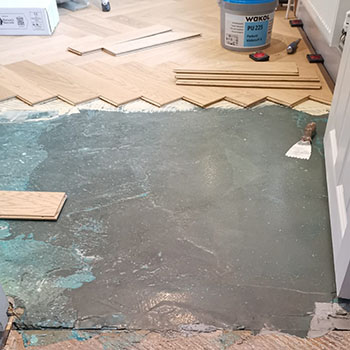 Concrete subfloor
Concrete subfloor
When installing parquet flooring on a concrete base, it is essential to level the surface using a self-levelling compound to create a smooth and even base. However, it is also recommended to apply an Epoxy-Resin Primer, or a damp-proofing membrane onto the concrete base, in order to block any residual moisture and improve the bond with the new flooring. Moisture in particular can cause the parquet to warp and deform. Therefore, applying a damp-proofing membrane will prevent any issues related to higher moisture levels in the concrete, which could affect the parquet flooring.
In addition to the above, it is important to mention, that when new concrete or screed is laid, it needs to be allowed sufficient time for it to dry out. Standard concrete/screed dries relatively slow. For example, the time for sand and cement mix is 1day for each millimetre of the slab. This means that 75mm screed will take about two and a half months to be sufficiently dry, before you can lay parquet wood blocks on top. Where, the flooring work needs to be speeded up, it is recommended to use additives for fast drying. Alternatively, you can also use specific fast drying screed/cement, which will dry significantly faster and will allow you installing parquet flooring much sooner.
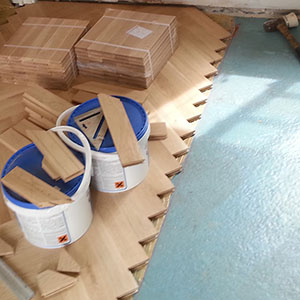
Parquet flooring Installation method
After the sub-floor is prepared, the parquet flooring can be installed using the proper method. The most common method of installing parquet flooring is the glue-down method. This involves applying flexible parquet adhesive to the sub-floor and fitting the parquet blocks on top. Doing this will ensure a strong and durable bond between the wooden flooring and sub-floor.
Finally, it is essential to use the proper adhesive when installing parquet flooring. The recommended adhesive is a flexible parquet adhesive that is specifically designed for parquet flooring. The adhesive should be applied evenly and thinly in without any y gaps or bubbles. It is important to follow the manufacturer's instructions when applying the parquet adhesive. It is also important to allow it to dry fully before having any traffic onto the parquet flooring.
Summary
In summary, preparation work is crucial when installing parquet flooring. Moreover, the type of preparation work required depends on the actual sub-floor. Additional steps such as installing plywood on top of floorboards, applying an Epoxy-Resin Primer or DPM on a concrete base, as well as using a flexible parquet adhesive are necessary to ensure a flawless finish and longevity of the parquet flooring. Proper installation ensures that the parquet flooring looks beautiful and lasts for many years. This why it is important for any homeowner and interior designers in London, to get in touch with Professional Herringbone fitters. Only Professional Parquet floor Fitters can carry out the parquet floor fitting work, allowing for all necessary preparation work of the base.
Luxury Wood Flooring is indeed among the best parquet flooring installers in London and surrounding areas. Our experienced fitters will carry out your parquet flooring installation work, paying attention to the very last detail. Contact us for professional advice and arrange your site viewing Today.
Top Quality Parquet Flooring installation can only be done by professionals.
